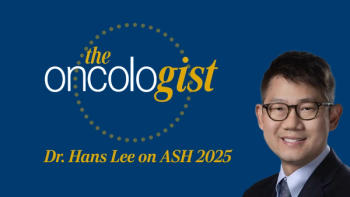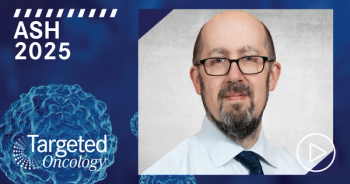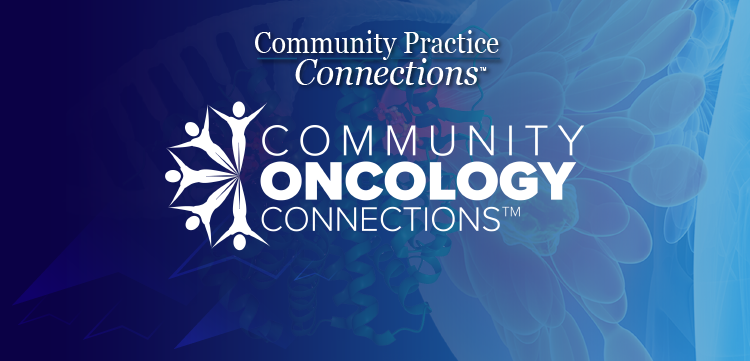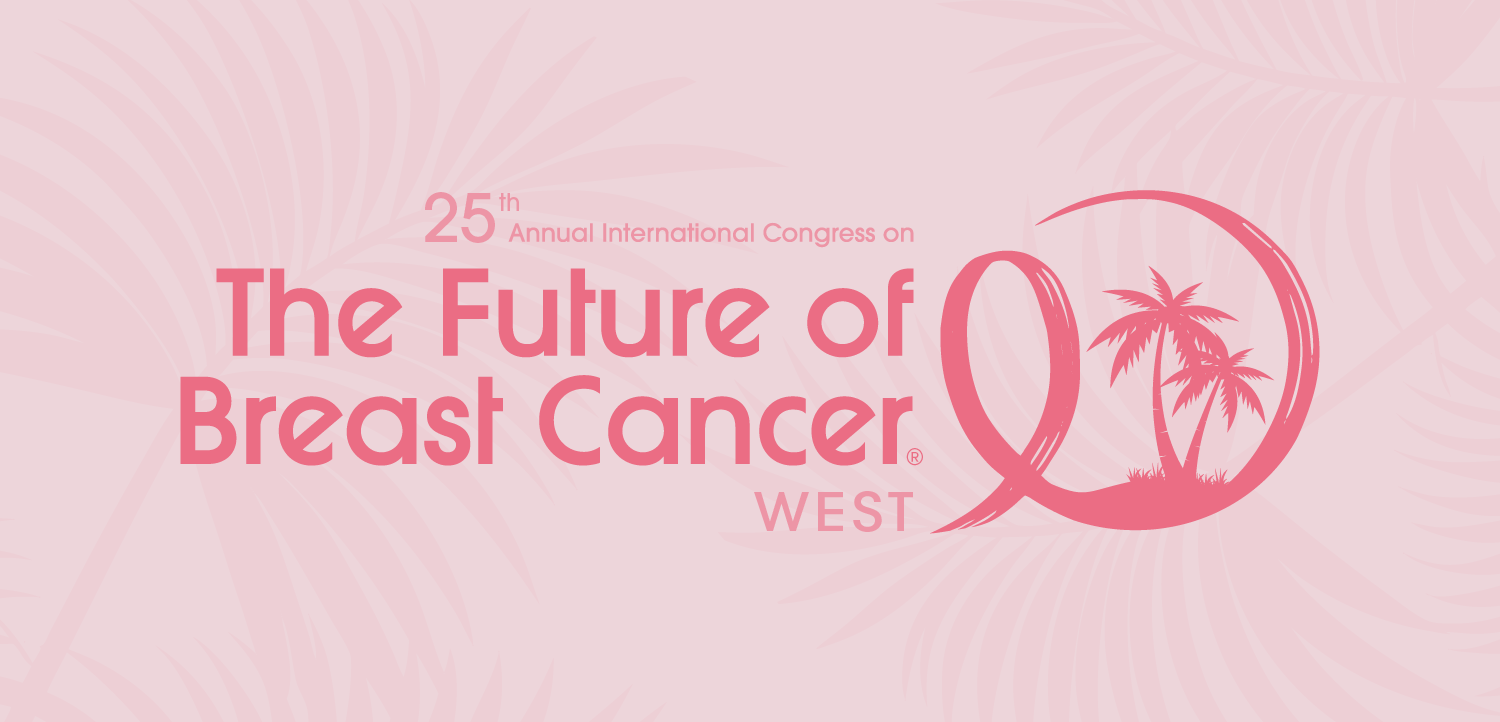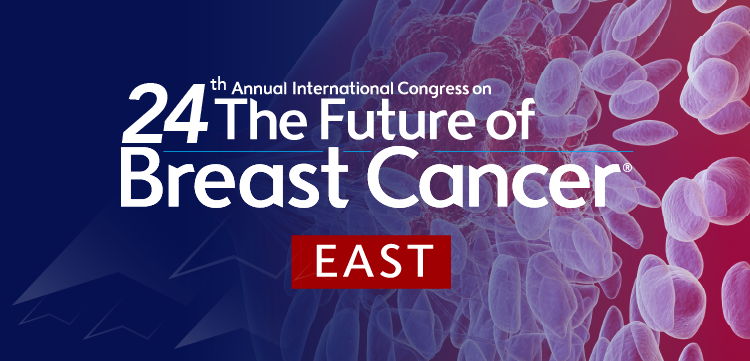
Expert Highlights Factors Influencing Local Control in Ewing Sarcoma
<br /> Local recurrence is associated with very poor prognosis in patients with Ewing sarcoma. Researchers are seeking to identify the factors associated with local recurrence in patients undergoing multimodal treatment.
A retrospective analysis, presented at the Connective Tissue Oncology Society (CTOS) meeting, looked at data from 1207 patients with previously untreated Ewing sarcoma registered in the Euro-EWING99 trial (NCT00020566) from between 1998 and 2009. The primary outcome in this analysis was local recurrence-free survival, which was defined as the interval between diagnostic biopsy and local recurrence. A secondary outcome was overall survival
In an interview withTargeted Oncology, Dimosthenis Andreou, MD, orthopedic oncologist, University Hospital Münster, discusses the significant findings of this analysis and what he hopes oncologists in the sarcoma field will take away from this year’s CTOS meeting.
TARGETED ONCOLOGY:What were the key findings from this analysis?
Andreou:This was a retrospective analysis of the data that was not one of the primary or secondary objectives of the trial. We found several things in this meta-analysis that were rather good. We confirmed some of the known prognostic factors. Patients with pelvic Ewing sarcoma have poorer local control and poorer overall survival, and the same is the case for patients with primary metastases with large tumors.
Interestingly, what we also saw was not so well known up until now. We saw modifications of treatment; we had a lot of patients who didn’t proceed to finish the protocol as planned, either due to toxicity or because patients were simply fed up with the treatment and did not want to be in the hospital on and off for a year. These patients had a worse local control and worse overall survival probability, and we also saw some surgical factors that had some influence. For instance, patients presenting with a pathological fracture of the bone had poorer overall survival, but not the worst local control. That would suggest that the pathological fracture is a marker for an aggressive disease.
Patients with bone Ewing sarcoma usually have a large soft tissue component. And the question is, after neoadjuvant treatment, is the soft tissue component still there? Moreover, the patients who still had soft tissue infiltration of the tumor, after neoadjuvant chemotherapy, had significantly worse prognosis, both in terms of local control and in terms of overall survival compared with patients who did not have that soft tissue component anymore.
TARGETED ONCOLOGY:What are the next steps following these results?Andreou:Well, one of the most interesting findings that I haven’t mentioned yet is that in pelvic Ewing sarcomas, in our data at least, in cases where the complete involved bone was resected rather than operated through the involved bone, those patients had significantly better overall and local recurrence-free survival. This is a finding that actually contradicts current practice, as you would typically try to maintain as much of the bone as possible.
What we would like to do is examine the data from other prospective Ewing trials with the same questions, to see if we can validate these findings. That’s one step that’s planned. Another step concerns the modality of local treatment. Again, in patients with localized tumors of the pelvis, we saw that the patients who received surgery alone had significantly worse overall and local recurrence-free survival compared with patients who received combined treatment with surgery and radiotherapy, as well as worse survival compared with patients who received radiotherapy alone.
Interestingly, there were no significant differences, especially in terms of overall survival, between patients who received the combined treatment and patients who received radiotherapy alone. What we know now is that radiotherapy is a bit worse in terms of both local control and overall survival for patients with Ewing sarcoma. We would like to see if we could validate these findings in other patients with bone Ewing sarcomas.
TARGETED ONCOLOGY:What challenges do you face in this space?Andreou:Well, there are no trials that involve a prospective randomized setting examining surgical questions. That’s always the problem; the trials don’t really look at local treatment options. It’s something that we don’t have, and it’s very difficult to have a randomized trial for local control options in Ewing sarcoma, so that’s something that perhaps in the future, given the results we’re now presenting, could be changed.
TARGETED ONCOLOGY:What would you like to see in this treatment landscape in the next 5 to 10 years?Andreou:That’s a good question. So, on the one side, I’m an orthopedic oncologist, so I’m actually a surgeon, and I’m mostly concerned about new local treatment options, and I’m mostly excited for new reconstructive methods. There are some centers that are working with individually made, custom-made implants for each patient. We have to admit that we don’t usually need them, but there are always special cases where we’re not able to reconstruct what we want to reconstruct with available treatment options. So the question would be whether these custom-made implants can provide better results for these patients. That’s the surgical side.
For the oncological side, we’re interested in getting a better prognosis for patients. We’re interested in the immune trials, which are currently ongoing in several sarcoma subtypes. We’re also interested in studies that examine the value of intensified treatment, and whether this provides better results for patients.
TARGETED ONCOLOGY:What do you think is the most important takeaway of this year’s CTOS meeting for a community oncologist?
Andreou:At a lot of meetings, we tend to hear about things we already know, or we hear interesting new options for our patients that are not validated enough to change our current practice. So I’m excited, and I’m anxious, to see whether the studies being presented here over the next 3 days will really provide us with new options that are going to change our clinical practice.


